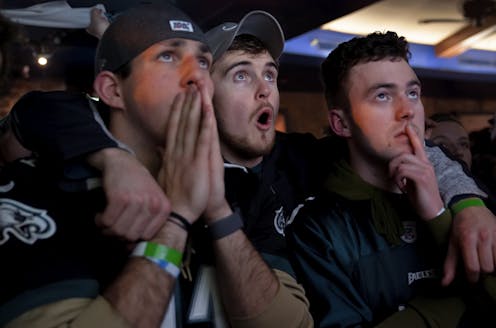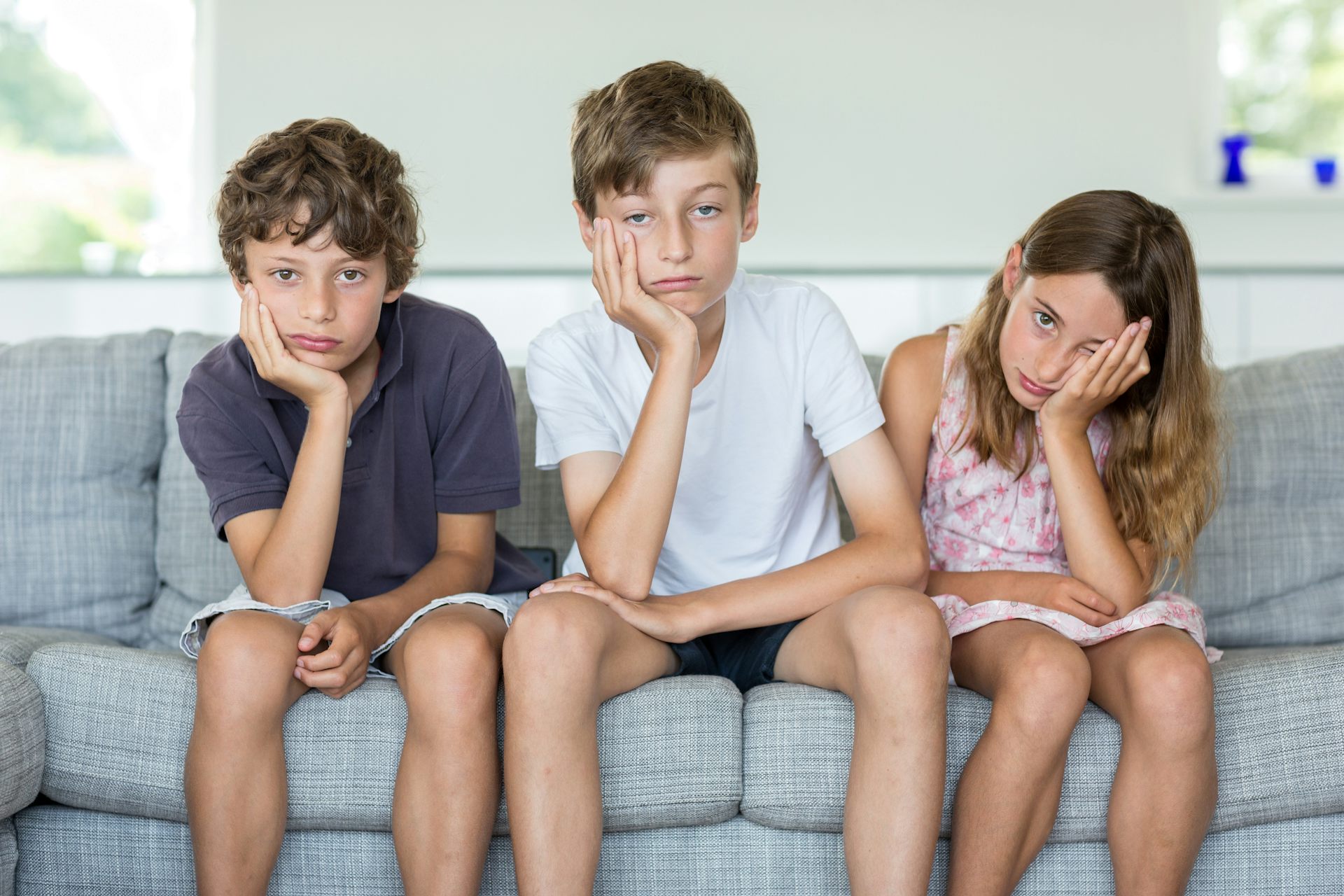Take laughter, add tears − the secret recipe for the most-liked Super Bowl ads
Researchers examined the emotional content of nearly 300 Super Bowl ads that aired from 2018 to 2022.

Viewers gravitate toward Super Bowl commercials that incorporate both happiness and sadness, our 2023 study shows.
On the other hand, advertisements that blend happiness and fear turn people off.
And people are indifferent to ads that pair happiness with either anger or disgust.
As researchers with extensive experience in consumer behavior, we’ve had the opportunity to delve into the compelling emotional narratives television advertisers try to portray in less than 30 seconds.
Heartwarming ads that also have moments of fear or sadness are quite common, we’ve learned, especially during the Super Bowl.
Why it matters
Our research reveals part of the secret sauce behind what makes an advertisement loved or disliked. This finding could help advertisers craft ads that resonate more effectively with their audience.
Raising awareness of what works in advertising also helps viewers understand how they are being manipulated by what they see on the screen.
How we did our work
Using technology that reads viewers’ expressions, our research team scrutinized the emotional layers of 296 ads aired during Super Bowls from 2018 to 2022.
This annual NFL championship game draws a huge audience on TV. The costs to broadcast an ad – and the financial stakes for brands paying for air time – are high. For example, a 30-second ad during the 2023 Super Bowl cost $US7 million.
Our analysis wasn’t just a superficial look at the commericial’s storyline. Instead, we delved into the emotions displayed by the actors throughout the ad and measured their effects on how much the audience liked what they saw.
The blend of emotions you witness in commercials during the big game isn’t a coincidence. It’s part of advertisers’ calculated strategy. Combinations of emotions are meticulously orchestrated to capture viewers’ attention and get them shopping – sometimes even before the ad has finished airing.
Happiness was the most common emotion portrayed, but we were surprised to learn that 80% of these ads featured at least one negative emotion in addition to happiness. For example, a clip reel of U.S. Olympian skier Lindsey Vonn evoked both sadness and happiness and deeply resonated with viewers.
What’s next
There is still a big question mark on why certain emotional mixtures work while others don’t. It is also not clear whether the popularity of an advertisement is directly linked to its effectiveness as a sales tool.
The Research Brief is a short take about interesting academic work.
The authors do not work for, consult, own shares in or receive funding from any company or organisation that would benefit from this article, and have disclosed no relevant affiliations beyond their academic appointment.
Read These Next
Medieval peasants probably enjoyed their holiday festivities more than you do
The Middle Ages weren’t as dreary and desperate as you’d think, and peasants often had weeks of…
It’s more than OK for kids to be bored − it’s good for them
Boredom is a healthy part of life. Experiencing it can help children learn to set goals and make plans.
Deception and lies from the White House to justify a war in Venezuela? We’ve seen this movie before
Two US wars based on lies, in which tens of thousands of American troops and millions of civilians died,…





